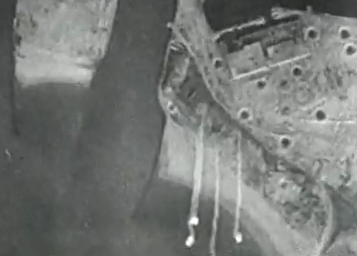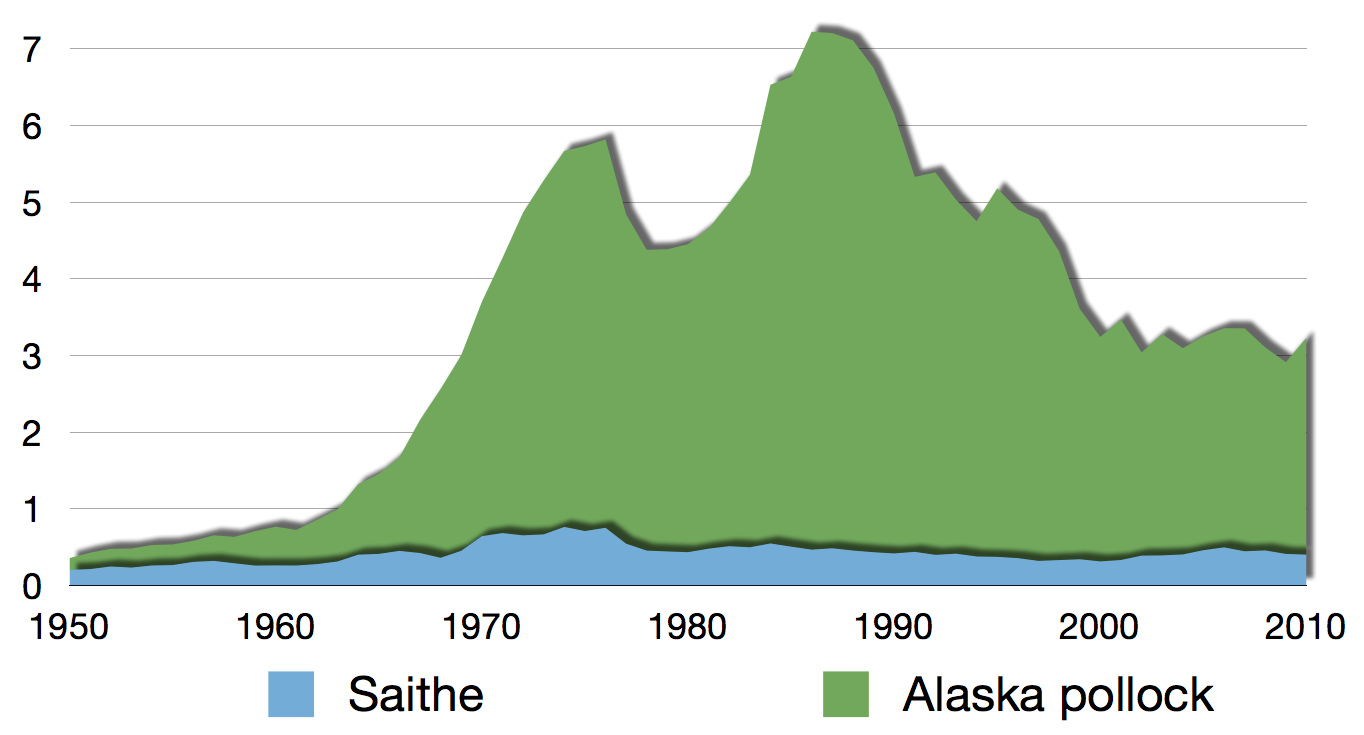|
Lekkerbekje
Lekkerbekje is a Dutch fish dish. It is sometimes called the Dutch version of fish and chips . Etymology Lekkerbekje is a diminuitive of Lekkerbek meaning Gourmand. Origin Lekkerbekje originated in IJmuiden Composition Lekkerbekje consists of a fish fried in batter and deep fried similar to Fish and chips Originally Lekkerbekje only used Whiting, however now it includes a variety of white fish such as cod, Hake, and Pollock. Lekkerbekje is often served with fried potatoes and Tartar sauce See also * Kibbeling ''Kibbeling'' is a Dutch snack consisting of battered chunks of fish, commonly served with a mayonnaise-based garlic sauce or tartar sauce. In the nineteenth century, it denoted the salted waste (the cheeks) of the cod fish, which was an import ... References {{Reflist Seafood Dutch cuisine ... [...More Info...] [...Related Items...] OR: [Wikipedia] [Google] [Baidu] |
Flickr Adactio 164930387--Fish And Chips
Flickr ( ; ) is an American image hosting and video hosting service, as well as an online community, founded in Canada and headquartered in the United States. It was created by Ludicorp in 2004 and was a popular way for amateur and professional photographers to host high-resolution photos. It has changed ownership several times and has been owned by SmugMug since April 20, 2018. Flickr had a total of 112 million registered members and more than 3.5 million new images uploaded daily. On August 5, 2011, the site reported that it was hosting more than 6 billion images. Photos and videos can be accessed from Flickr without the need to register an account, but an account must be made to upload content to the site. Registering an account also allows users to create a profile page containing photos and videos that the user has uploaded and also grants the ability to add another Flickr user as a contact. For mobile users, Flickr has official mobile apps for iOS, Android, an ... [...More Info...] [...Related Items...] OR: [Wikipedia] [Google] [Baidu] |
Gourmand
A gourmand is a person who takes great pleasure and interest in consuming good food and drink. ''Gourmand'' originally referred to a person who was "a glutton for food and drink", a person who eats and drinks excessively; this usage is now rare. Description The word (from French) has different connotations from the similar word gourmet, which emphasises an individual with a discerning palate, and is more often applied to the preparer than the consumer of the food. But in practice, the two terms are closely linked, as both imply the enjoyment of good food. An alternative and older usage of the word is to describe a person given to excess in the consumption of food and drink, as a glutton or a trencherman. Regarding the latter usage of the term, there is a parallel concern among the French that their word for the appreciation of gourmet cuisine () is historically included in the French Catholic list of the seven deadly sins. With the evolution in the meaning of (and ) away fr ... [...More Info...] [...Related Items...] OR: [Wikipedia] [Google] [Baidu] |
IJmuiden
IJ_(digraph).html" ;"title="n IJ (digraph)">n IJ (digraph) and that should remain the only places where they are used. > IJmuiden () is a port city in the Netherlands, Dutch province of North Holland. It is the main town in the municipality of Velsen which lies mainly to the south-east. Including its large sea locks, it straddles the mouth of the North Sea Canal to Amsterdam. To the south it abuts a large reserve of plant-covered dunes, the Zuid-Kennemerland National Park. The city is on the south bank; the north bank is otherwise a steel plant and Velsen-Noord. It is north northwest of Haarlem which is due west of Amsterdam. The port is a deepwater port suited to fully laden Panamax ships, and fourth port of the Netherlands. The internal capitalization within IJmuiden is as IJ is a digraph in modern Dutch so in some typefaces recognised as a ligature which places it in one typed or handwritten space. History In the Roman era, the district was already inhabited, a ... [...More Info...] [...Related Items...] OR: [Wikipedia] [Google] [Baidu] |
Fish And Chips
Fish and chips is a popular hot dish consisting of fried fish in crispy batter, served with chips. The dish originated in England, where these two components had been introduced from separate immigrant cultures; it is not known who created the culinary fusion that became the emblematic British meal. Often considered Britain's national dish, fish and chips is a common take-away food in the United Kingdom and numerous other countries, particularly in English-speaking and Commonwealth nations. Fish and chip shops first appeared in the UK in the 1860s, and by 1910, there were over 25,000 fish and chip shops across the UK. By the 1930s there were over 35,000 shops, but the trend reversed, and by 2009 there were only approximately 10,000. The British government safeguarded the supply of fish and chips during the First World War, and again in the Second World War; it was one of the few foods in the UK not subject to rationing during the wars. History The UK tradition of ea ... [...More Info...] [...Related Items...] OR: [Wikipedia] [Google] [Baidu] |
Whiting (fish)
A number of Actinopterygiian fish have been given the common name whiting. Gadiformes (cod-like) * The fish originally known by the name "whiting" in English is ''Merlangius merlangus'', in the family Gadidae. This species inhabits the eastern Atlantic Ocean and the Mediterranean Sea, as well as the North Sea on the East Coast of Britain. In the United States, it is commonly known as the English whiting. * In Canada, it is used for the Alaska pollock, ''Theragra chalcogramma''. * In the Southern Ocean, it is used for the southern blue whiting. * In the US, the name whiting on its own is often used for various species of hake in the genus ''Merluccius''. Sciaenidae * Species ''Menticirrhus americanus'' (also known as the Carolina whiting, king whiting, sea mullet, southern kingcroaker, and southern kingfish) found along the Atlantic and Gulf Coasts of the United States. Smelt-whitings * In Australia, India, and throughout the Indo-Pacific, the name whiting is used for fish in the fa ... [...More Info...] [...Related Items...] OR: [Wikipedia] [Google] [Baidu] |
Hake
The term hake refers to fish in the: * Family Merlucciidae of northern and southern oceans * Family Phycidae (sometimes considered the subfamily Phycinae in the family Gadidae) of the northern oceans Hake Hake is in the same taxonomic order (Gadiformes) as cod and haddock. It is a medium-to-large fish averaging from 0.5 to 3.6 kg (1 to 8 pounds) in weight, with specimens as large as 27kg (60lb). The fish can grow up to in length with a lifespan of as long as 14 years. Hake may be found in the Atlantic Ocean and Pacific Ocean in waters from deep. The fish stay in deep water during the day and come to shallower depths during the night. An undiscerning predator, hake feed on prey found near or on the bottom of the sea. Male and female hake are very similar in appearance. After spawning, the hake eggs float on the surface of the sea where the larvae develop. After a certain period of time, the baby hake then migrate to the bottom of the sea, preferring depths of less than . A tot ... [...More Info...] [...Related Items...] OR: [Wikipedia] [Google] [Baidu] |
Pollock
Pollock or pollack (pronounced ) is the common name used for either of the two species of North Atlantic marine fish in the genus ''Pollachius''. ''Pollachius pollachius'' is referred to as pollock in North America, Ireland and the United Kingdom, while ''Pollachius virens'' is usually known as saithe or coley in Great Britain and Ireland (derived from the older name coalfish). Other names for ''P. pollachius'' include the Atlantic pollock, European pollock, ''lieu jaune'', and lythe; while ''P. virens'' is also known as Boston blue (distinct from bluefish), silver bill, or saithe. Species The recognized species in this genus are: * ''Pollachius pollachius'' (Linnaeus, 1758) (pollack) * ''Pollachius virens'' (Linnaeus, 1758) (coalfish) Description Both species can grow to and can weigh up to . ''P. virens'' has a strongly defined, silvery lateral line running down the sides. Above the lateral line, the colour is a greenish black. The belly is white, while '' ... [...More Info...] [...Related Items...] OR: [Wikipedia] [Google] [Baidu] |
Tartar Sauce
Tartar sauce (French: ''sauce tartare''; spelled tartare sauce in the UK, Ireland, New Zealand, Australia, Fiji, South Africa) is a condiment made of mayonnaise, chopped pickles and/or relish, capers, and herbs such as tarragon and dill. Tartar sauce can also be enhanced with the addition of other varieties of herbs, lemon juice, or olives. It is most often served with seafood dishes such as fish and chips, fish sandwiches, fish fingers, fried oysters, and calamari. Composition Tartar sauce is based on either mayonnaise (egg yolk, mustard or vinegar, bitartrate, oil) or aioli (olive oil, garlic), with certain other ingredients added. In the UK, recipes typically add to the base capers, gherkins, lemon juice, and dill. US recipes may include chopped dill pickles, onions (or chives), and fresh parsley. Chopped hard-boiled eggs or olives are sometimes added, as may be Dijon mustard and cocktail onions. See also * List of common dips * Remoulade * Steak tartare * Tarator * ... [...More Info...] [...Related Items...] OR: [Wikipedia] [Google] [Baidu] |
Kibbeling
''Kibbeling'' is a Dutch snack consisting of battered chunks of fish, commonly served with a mayonnaise-based garlic sauce or tartar sauce. In the nineteenth century, it denoted the salted waste (the cheeks) of the cod fish, which was an important part of the popular diet. It is a popular dish in the Netherlands. See also * Fish and chips * List of deep fried foods * List of fish dishes This is a list of notable fish dishes. In culinary and fishery contexts, fish includes shellfish, such as molluscs, crustaceans and echinoderms. Fish has been an important source of protein for humans throughout recorded history. Fish dishes ... References {{reflist, refs= {{cite book , last1=Bedford , first1=N. , last2=Sellars , first2=S. , title=The Netherlands , publisher=Lonely Planet , series=Country Guide Series , year=2007 , isbn=978-1-74104-299-3 , url=https://books.google.com/books?id=vvSYyeIzz5IC&pg=PA63 , page=63 Deep fried foods Dutch cuisine Fish dishes Fi ... [...More Info...] [...Related Items...] OR: [Wikipedia] [Google] [Baidu] |
Seafood
Seafood is any form of sea life regarded as food by humans, prominently including fish and shellfish. Shellfish include various species of molluscs (e.g. bivalve molluscs such as clams, oysters and mussels, and cephalopods such as octopus and squid), crustaceans (e.g. shrimp, crabs, and lobster), and echinoderms (e.g. sea cucumbers and sea urchins). Historically, marine mammals such as cetaceans (whales and dolphins) as well as seals have been eaten as food, though that happens to a lesser extent in modern times. Edible sea plants such as some seaweeds and microalgae are widely eaten as sea vegetables around the world, especially in Asia. Seafood is an important source of (animal) protein in many diets around the world, especially in coastal areas. Semi-vegetarians who consume seafood as the only source of meat are said to adhere to pescetarianism. The harvesting of wild seafood is usually known as fishing or hunting, while the cultivation and farming of seafood is kno ... [...More Info...] [...Related Items...] OR: [Wikipedia] [Google] [Baidu] |





